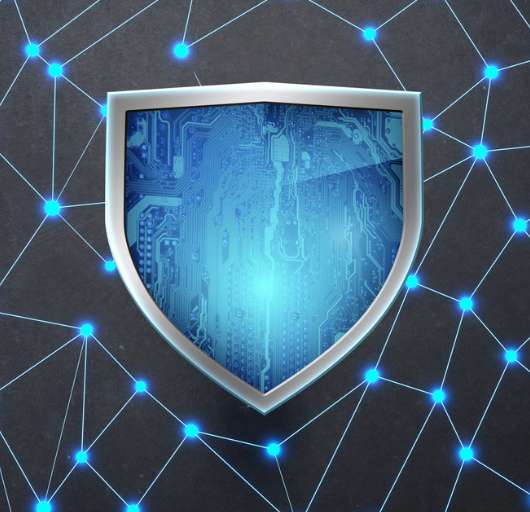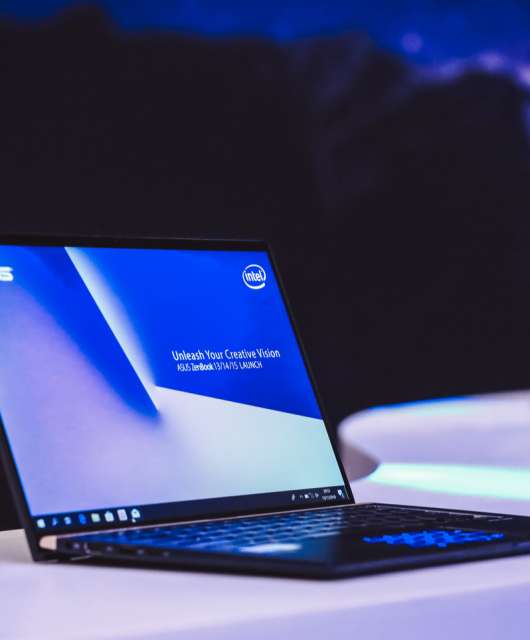Cyber-crime gang boasts of bringing down Skype on Twitter
If you’ve had problems connecting to Skype recently it could well be the result of the latest attack launched by the ‘CyberTeam’ gang. This group of cyber-criminals have been boasting on Twitter, under the hashtag #SkypeDown, of crashing the Microsoft video chat platform.
Skype down by CyberTeam
Hello World !!!#SkypeDown – #SkypeOff – #CyberTeam
— CyberTeam (@_CyberTeam_) 19 de junio de 2017
The system has been down for hours
For several hours the video chat system crashed around the world due to a distributed denial-of-service (DDoS) attack. When accessing Skype, the program fails to start the session, no matter how many times the user tries to restart the application.
“Even though the consequences have been annoying for many users, their privacy and details of bank accounts used to pay for Skype services have not necessarily been compromised,” explains Hervé Lambert, Retail Global Operations Manager at Panda Security.
Skype has announced via Twitter that the problem was resolved early on Monday June 20, and has thanked users for their patience.
We have resolved the issue affecting Skype connectivity. Thank you for your patience, and enjoy Skype! pic.twitter.com/FI1XBmKCVN
— Skype Support (@SkypeSupport) 20 de junio de 2017
What is a DDoS attack?
DDoS are among the most powerful cyber-attacks that companies face today, as hackers use them to crash corporate servers rendering services unusable until the attack is remedied.
Such attacks manage to get thousands of devices of all types – computers, smartphones, and even appliances connected to the Internet of Things- to send vast quantities of unusable data to the victim’s servers. As such, they saturate the victim’s bandwidth ensuring that the computers cannot process more requests.
DDoS attacks have become a recurrent threat nowadays, as exemplified in the massive attack in October 2016 that affected major global firms such as Netflix, Twitter, Amazon, or The New York Times.
In this case, service was interrupted for almost 11 hours, affecting more than a billion users around the world.






54 comments
Yeah, right. Who is still using Skype? Not us, for sure. My firm is using Brosix for a year and we have never had any problem. Sorry but this is insane. For less money, I get the best Business Instant Messenger. Very effective and useful. Strongly suggest Brosix for those people who are sick of Skype.